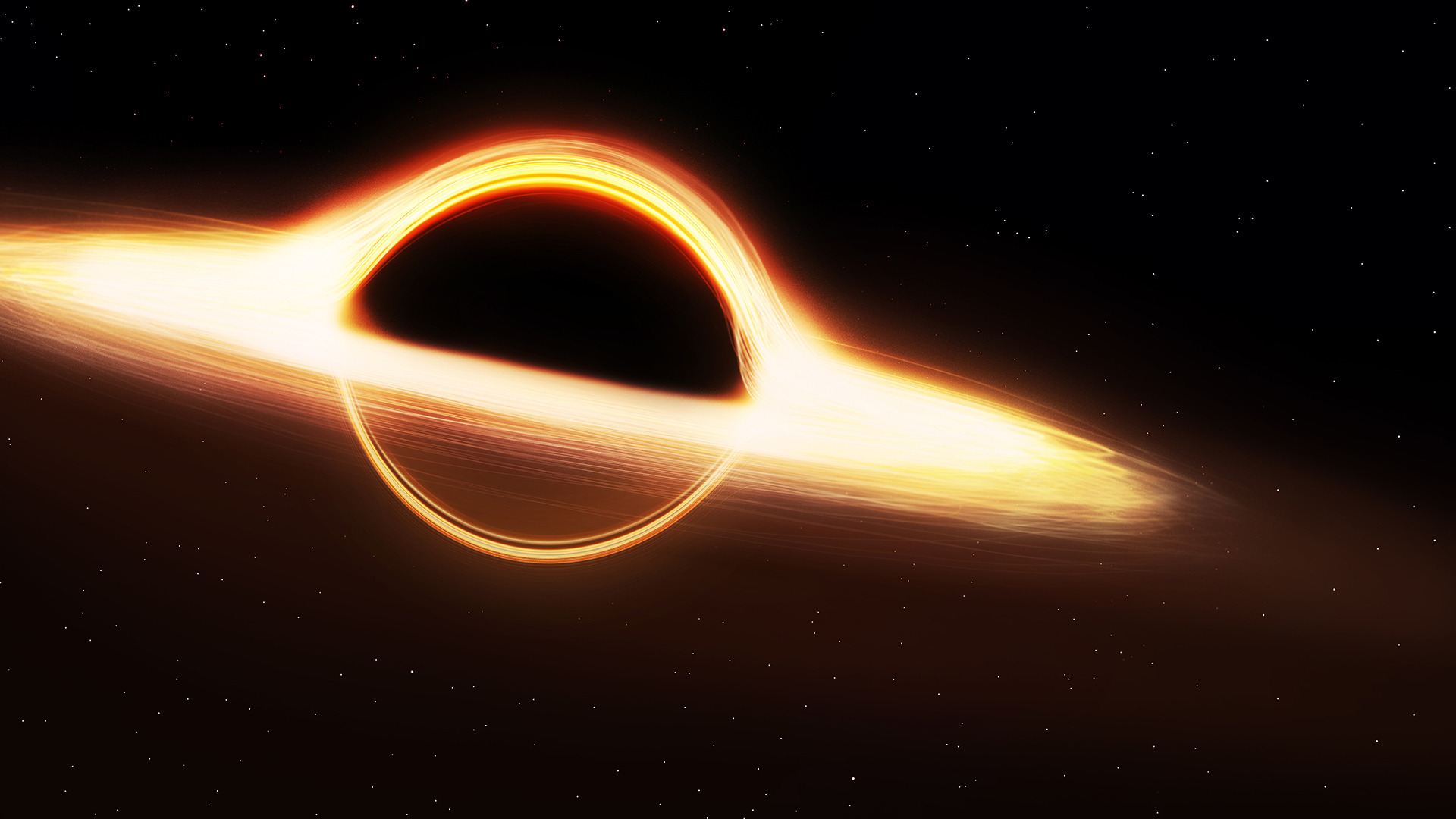
Ever wondered what a photon sphere is? Imagine a place where light itself gets trapped, circling endlessly around a massive object like a black hole. A photon sphere is a region in space where gravity is so strong that photons, or light particles, follow a circular orbit. This fascinating phenomenon occurs just outside the event horizon of a black hole. Why does this matter? Understanding photon spheres helps scientists study the extreme conditions near black holes and test theories of gravity. Intrigued yet? Let's dive into 29 mind-blowing facts about photon spheres that will leave you starstruck!
What is a Photon Sphere?
A photon sphere is a fascinating concept in astrophysics. It’s a region around a black hole where gravity is so strong that photons (particles of light) are forced to travel in orbits. This phenomenon reveals much about the nature of black holes and the behavior of light under extreme gravitational forces.
- The photon sphere exists only around extremely compact objects like black holes and neutron stars.
- It lies just outside the event horizon of a black hole.
- The radius of the photon sphere is 1.5 times the Schwarzschild radius of the black hole.
- Light can orbit the black hole indefinitely within this sphere.
- The concept was first introduced by physicist James Bardeen in 1973.
Characteristics of the Photon Sphere
Understanding the characteristics of the photon sphere helps in grasping how light behaves near black holes. These features are crucial for astronomers and physicists studying black holes.
- The photon sphere is not a solid surface but a region in space.
- It is a perfect sphere due to the symmetrical nature of black holes.
- The gravitational pull within the photon sphere is so strong that even light cannot escape.
- Photons within this sphere travel in circular orbits.
- These orbits are unstable; any slight disturbance can cause photons to either fall into the black hole or escape into space.
Observing the Photon Sphere
Observing the photon sphere directly is impossible with current technology, but its effects can be detected. These observations provide indirect evidence of the existence of black holes.
- The photon sphere causes gravitational lensing, bending light from objects behind the black hole.
- This lensing effect creates a "shadow" or silhouette of the black hole.
- The Event Horizon Telescope captured the first image of a black hole's shadow in 2019, indirectly showing the photon sphere.
- The photon sphere contributes to the bright ring seen around the black hole's shadow.
- Observations of the photon sphere help in measuring the mass and spin of black holes.
Theoretical Implications
The photon sphere has significant theoretical implications in the field of general relativity and quantum mechanics. It challenges our understanding of light and gravity.
- The existence of the photon sphere supports Einstein's theory of general relativity.
- It demonstrates the warping of spacetime around massive objects.
- The photon sphere is a key feature in the study of black hole thermodynamics.
- It plays a role in the theoretical concept of Hawking radiation.
- The study of photon spheres can lead to insights into quantum gravity.
Fun Facts About Photon Spheres
Photon spheres are not just serious scientific concepts; they also have some intriguing and fun aspects that capture the imagination.
- If you could stand on the photon sphere, you would see your own back due to the bending of light.
- The photon sphere can create multiple images of the same object, known as Einstein rings.
- In science fiction, photon spheres are often depicted as portals or gateways.
- The idea of a photon sphere has inspired many artists and writers.
- Some theories suggest that photon spheres could exist around hypothetical objects like wormholes.
Future Research and Exploration
Future research into photon spheres promises to unlock even more mysteries about the universe. As technology advances, so will our understanding of these enigmatic regions.
- Advanced telescopes and observatories will provide clearer images of black holes and their photon spheres.
- Space missions like the James Webb Space Telescope aim to study the environments around black holes.
- Theoretical physicists continue to explore the implications of photon spheres in higher dimensions.
- Understanding photon spheres could lead to breakthroughs in our knowledge of dark matter and dark energy.
The Final Photon Sphere Facts
Photon spheres are fascinating. They’re regions around black holes where gravity bends light into a perfect orbit. These spheres are crucial for understanding black holes and the universe. They show how gravity affects light, helping scientists learn more about space-time.
Photon spheres also help in studying black hole shadows. These shadows give clues about black hole sizes and shapes. By observing them, scientists can test Einstein’s theory of general relativity.
These spheres aren’t just theoretical. They have practical uses too. They help in creating simulations and models of black holes. This aids in predicting cosmic events and understanding the universe’s evolution.
In short, photon spheres are key to unlocking the mysteries of black holes and space-time. They’re not just scientific curiosities but essential tools for astrophysics. Keep an eye on future discoveries; they’ll surely be exciting!
Was this page helpful?
Our commitment to delivering trustworthy and engaging content is at the heart of what we do. Each fact on our site is contributed by real users like you, bringing a wealth of diverse insights and information. To ensure the highest standards of accuracy and reliability, our dedicated editors meticulously review each submission. This process guarantees that the facts we share are not only fascinating but also credible. Trust in our commitment to quality and authenticity as you explore and learn with us.
